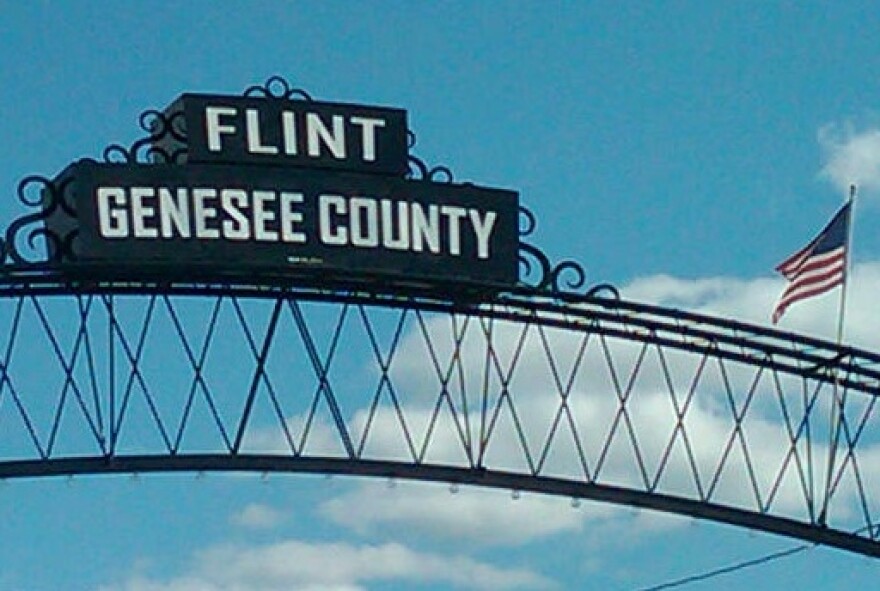If you were to ask the average Michigander what the origins of Flint’s downfall were, you might get a few different answers. Some of those answers would likely be related to the auto industry – specifically, when General Motors left the city in the 1980s.
But according to a new book by Andrew Highsmith, Demolition Means Progress: Flint, Michigan and the Fate of the American Metropolis, the problem began long before that. The book examines the history of Flint and the events and decisions that led to many of the city’s problems – including unemployment, depopulation, crime, racial segregation, and inequality, among others.
Highsmith spoke with Stateside to explain what started Flint down its current path.
“Beginning in 1940 … GM worked through a new investment strategy that eyed the suburbs and rural areas for investment,” said Highsmith, a professor of history at the University of California Irvine. “Between 1940 and 1960, GM built eight new industrial complexes in the Flint metropolitan area, but all of those were located in the suburbs.
"And so, because the city was unable to annex those new plants, it proved to be a blow to the city’s tax base. At the same time, there were other out-migrations happening in Flint that would prove to be equally important, but certainly the shifting of GM’s industrial plants from the city to the suburbs had tremendous ramifications for residents of Flint but also for city government.”
Highsmith says white people in particular started fleeing the city, contributing to further racial segregation, and deepening the city's financial problems.
Highsmith says when GM moved plants to the suburbs, the company wanted the city to annex the property.
"GM also supported a regional government plan called ‘New Flint,’" Highsmith adds, "and that plan, which was proposed in 1957 and 1958, was to consolidate Flint and all of its urbanized suburbs into one regional government. And that plan met enormous resistance from suburbanites … they didn’t want to share those resources with the city and so they organized an opposition to the New Flint plan, and ultimately they were able to get their way.”
According to Highsmith, when GM decided to leave the city of Flint in the 1980s, the city was already very segregated, and had a very small tax base to work with. Combine that with a skyrocketing unemployment rate after the plant closures, and that laid the foundation for the city’s current financial situation that led to an emergency manager, which has led to the the Flint water crisis.
Listen to the full story to hear Highsmith’s inspiration for the title of the book and how the rest of the country can learn from what has happened in the city of Flint over the years.







